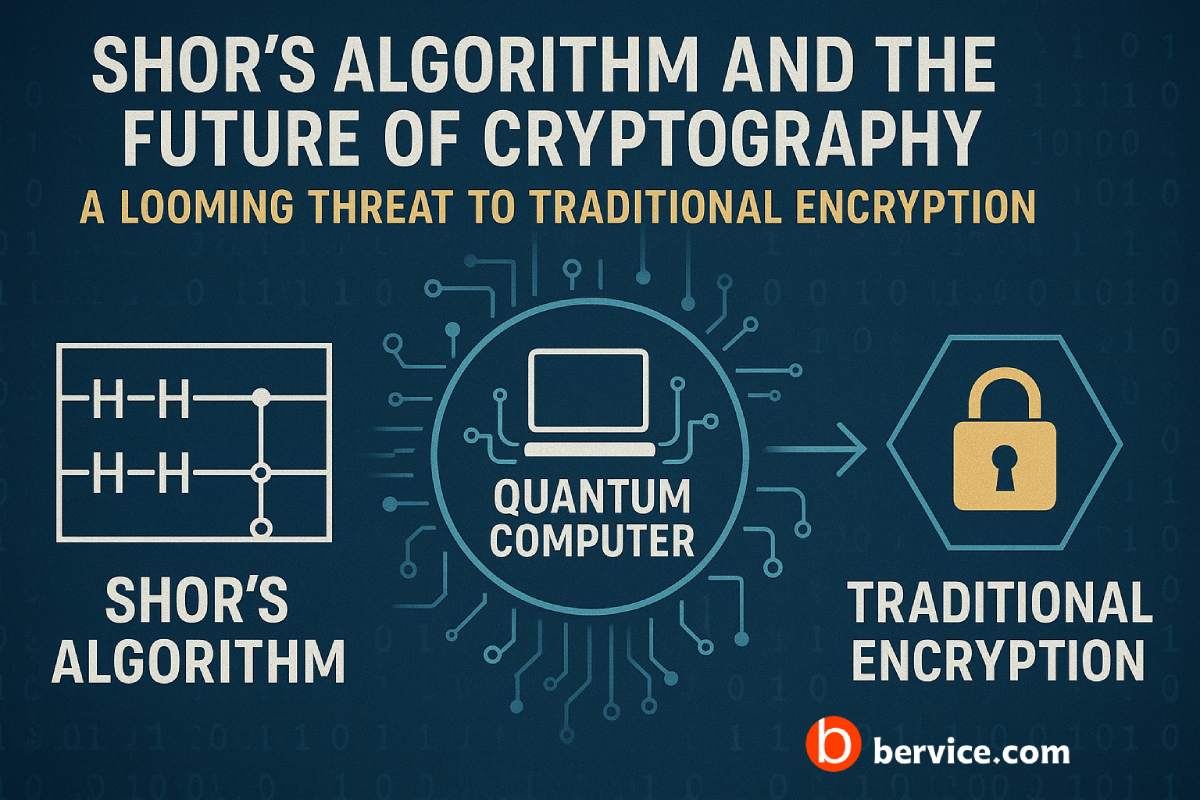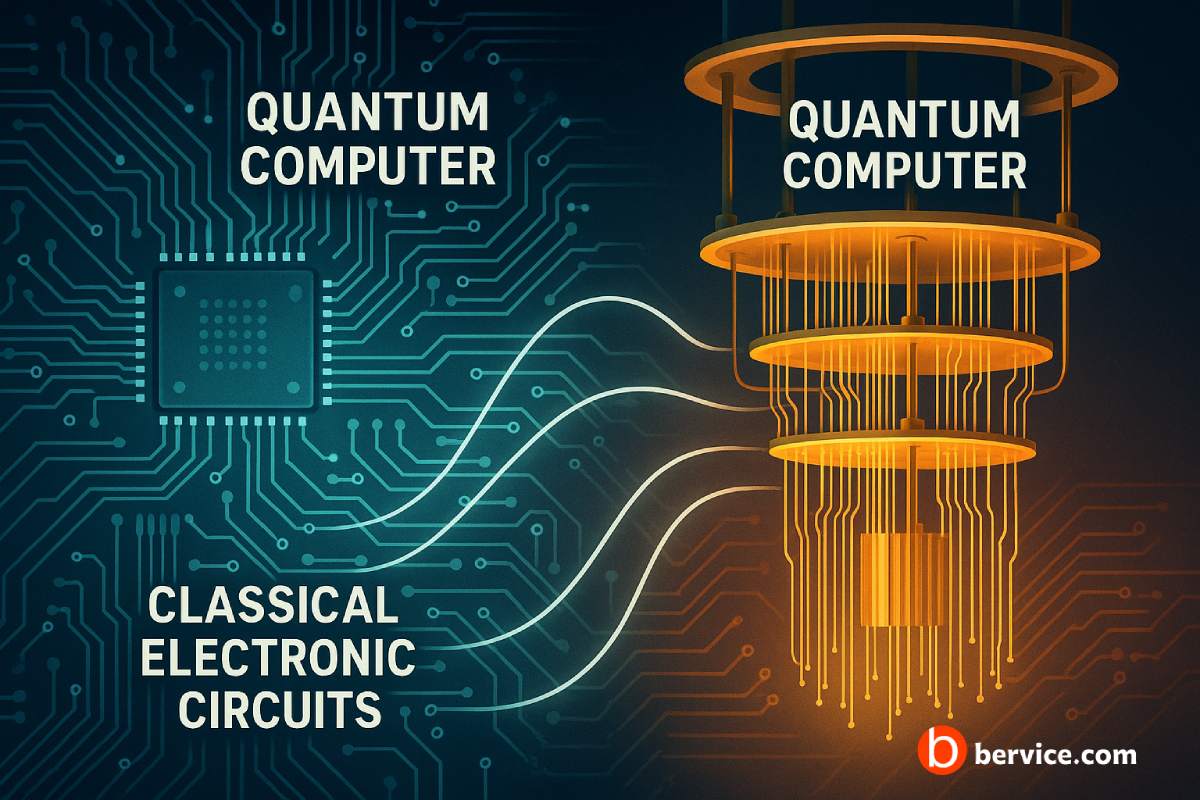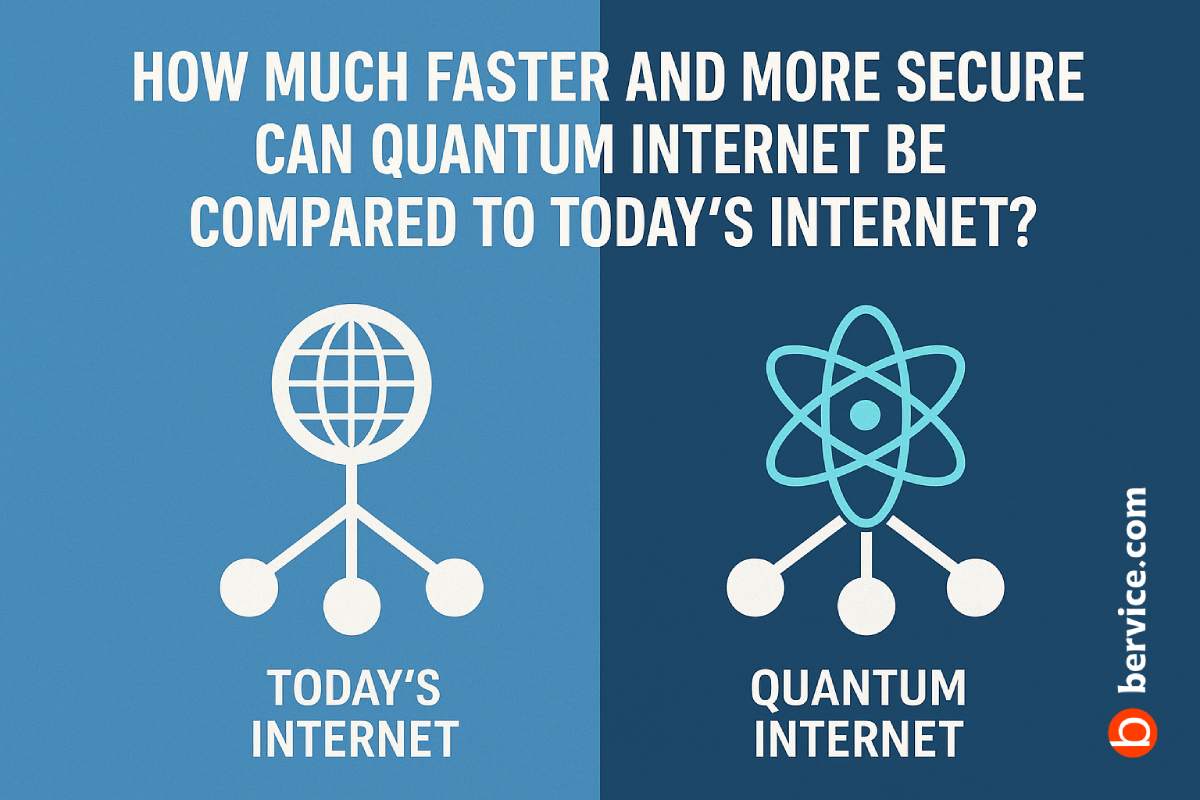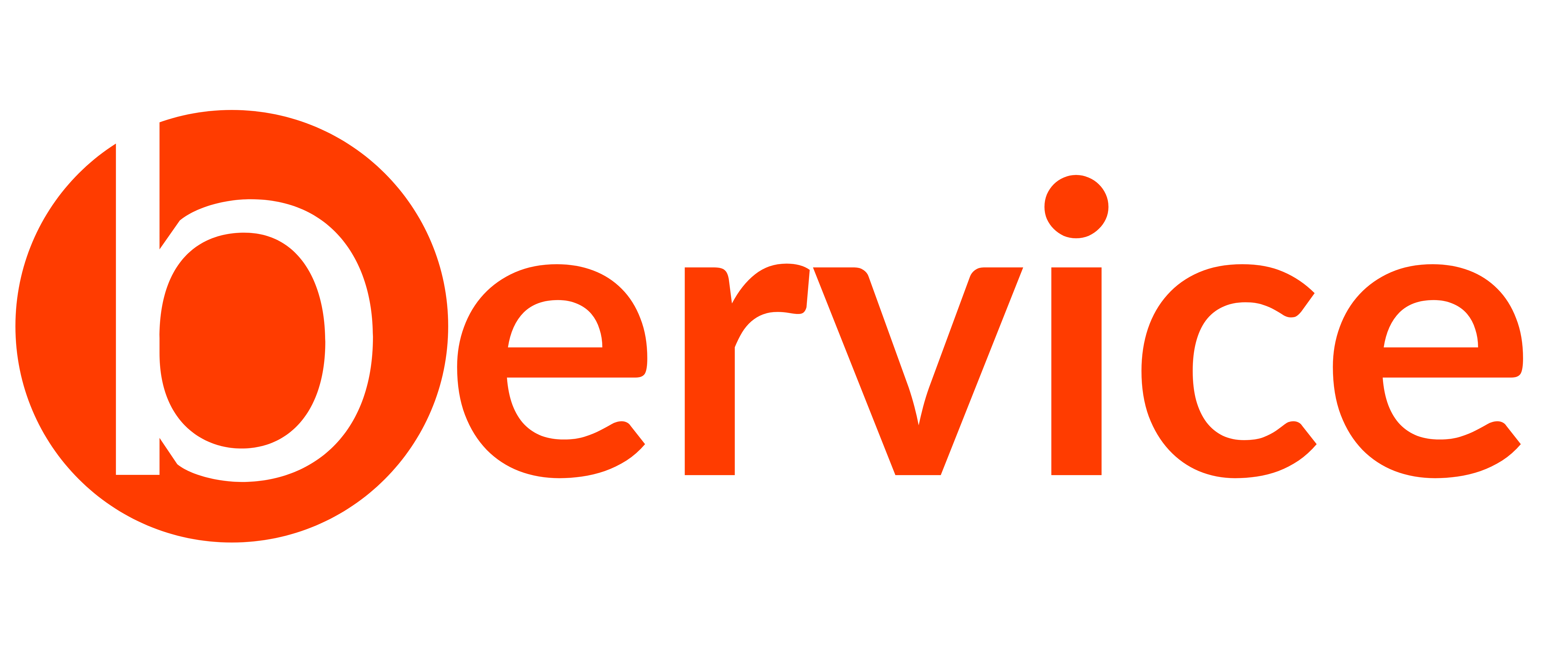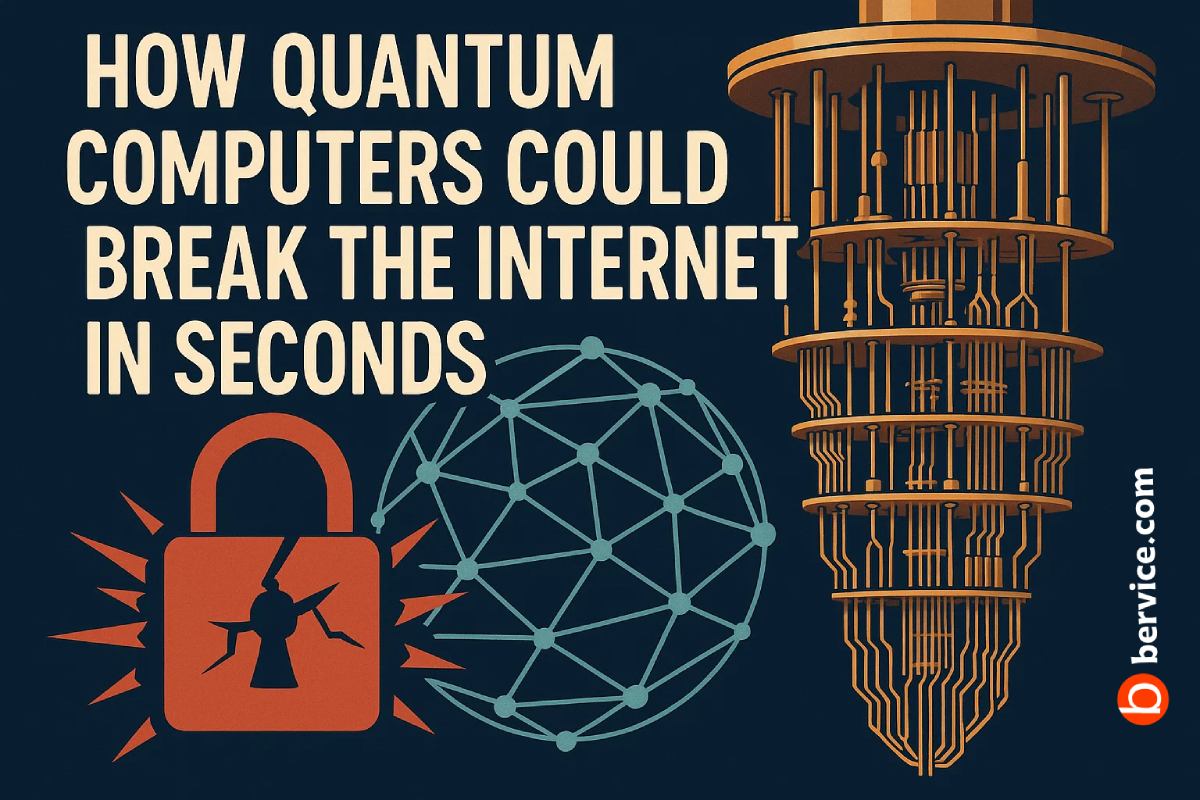
In the race between quantum computing and cybersecurity, quantum cryptography is emerging as a powerful ally—especially for blockchain systems. While quantum computers pose a threat to classical encryption, the very principles of quantum mechanics can also be used to fortify decentralized networks. This article explores how quantum cryptography can actually enhance blockchain security, scalability, and privacy, ushering in a new era of Quantum-Resistant Distributed Ledgers.
🧠 Understanding Quantum Cryptography
Quantum cryptography leverages the laws of quantum mechanics—particularly the principles of superposition, entanglement, and uncertainty—to create secure communication channels that are impossible to eavesdrop on without detection.
The most well-known technique is Quantum Key Distribution (QKD), where secret keys are transmitted using quantum particles like photons. Any attempt to intercept the key changes its state, alerting the sender and receiver. This ensures provable security based on physics rather than computational assumptions.
⚠️ The Quantum Threat to Blockchains
Most current blockchains—including Bitcoin and Ethereum—use classical cryptographic algorithms such as:
- ECDSA (Elliptic Curve Digital Signature Algorithm) for signing transactions
- SHA-256 or Keccak-256 for hashing blocks and addresses
These algorithms rely on the computational difficulty of problems like factoring and discrete logarithms. However, Shor’s algorithm, when run on a large enough quantum computer, can break these systems in polynomial time.
This means that private keys could be stolen, transactions could be forged, and blockchains could be rewritten—posing a fundamental threat to the integrity and immutability of distributed ledgers.
🛡 How Quantum Cryptography Helps Secure Blockchains
Despite the threat, quantum technologies also provide tools to counter these risks. Here’s how:
1. Quantum Key Distribution (QKD) for Node Communication
Blockchain consensus depends on secure communication between nodes. Using QKD to share keys ensures that node-to-node communication cannot be intercepted or spoofed.
Example: In a Proof-of-Stake blockchain, validators could exchange QKD-based keys for secure block proposals and voting, reducing the chance of man-in-the-middle or replay attacks.
2. Post-Quantum Signatures for Transaction Validation
Post-quantum cryptographic algorithms (PQCs), such as Lattice-based or Multivariate Polynomial schemes, are resistant to both classical and quantum attacks.
Quantum cryptography research can be used to validate or enhance these schemes, ensuring that digital signatures on blockchain transactions remain secure even in a post-quantum world.
3. Quantum Random Number Generation (QRNG)
Blockchains need randomness for mining, consensus, sharding, and wallet generation. QRNG uses quantum mechanics to generate truly unpredictable randomness, enhancing:
- Lottery-based consensus (e.g., Algorand)
- Secure validator selection
- Entropy for wallet seeds
4. Quantum-Safe Smart Contracts
Smart contracts could one day be compiled to run on quantum virtual machines, enforcing cryptographic primitives using quantum logic gates and entangled states.
This opens the door for contracts that self-verify their own integrity using quantum zero-knowledge proofs, expanding the scope of confidential computing on-chain.
🔄 Transition Path: From Classical to Quantum-Secure Blockchains
Here’s how blockchain systems can evolve securely into a quantum future:
| Stage | Description | Tools |
|---|---|---|
| 1️⃣ Audit | Identify vulnerable cryptographic components | ECDSA, SHA-2 |
| 2️⃣ Hybridization | Combine classical + post-quantum algorithms | PQC + QKD |
| 3️⃣ Migration | Upgrade wallets, nodes, and contracts to quantum-safe versions | Lattice-based signatures, QRNG |
| 4️⃣ Integration | Use QKD channels and quantum networks | Quantum Internet |
| 5️⃣ Innovation | Native quantum-ledger platforms | Quantum blockchains (e.g., Quantum Chain, QANplatform) |
🌍 Real-World Projects and Research
Several projects and institutions are exploring the fusion of quantum cryptography and blockchain:
- Cambridge Quantum: Developing QRNG and quantum-safe blockchain protocols
- ID Quantique: Building QKD networks for secure blockchain use cases
- QANplatform: A hybrid blockchain with quantum-resistant layers
- China’s Quantum Satellite (Micius): Successfully tested QKD-based blockchain messaging
🚀 Final Thoughts: Quantum as an Ally, Not an Enemy
The emergence of quantum computing challenges the foundations of digital security. But by adopting quantum cryptography, the blockchain industry can proactively secure its future. Rather than waiting for quantum threats to materialize, developers, researchers, and stakeholders must begin the shift toward quantum-resilient protocols today.
The synergy of decentralized networks and quantum-secure communication represents not a threat, but a tremendous opportunity to build the next generation of trustless, secure digital infrastructure.
Connect with us : https://linktr.ee/bervice
